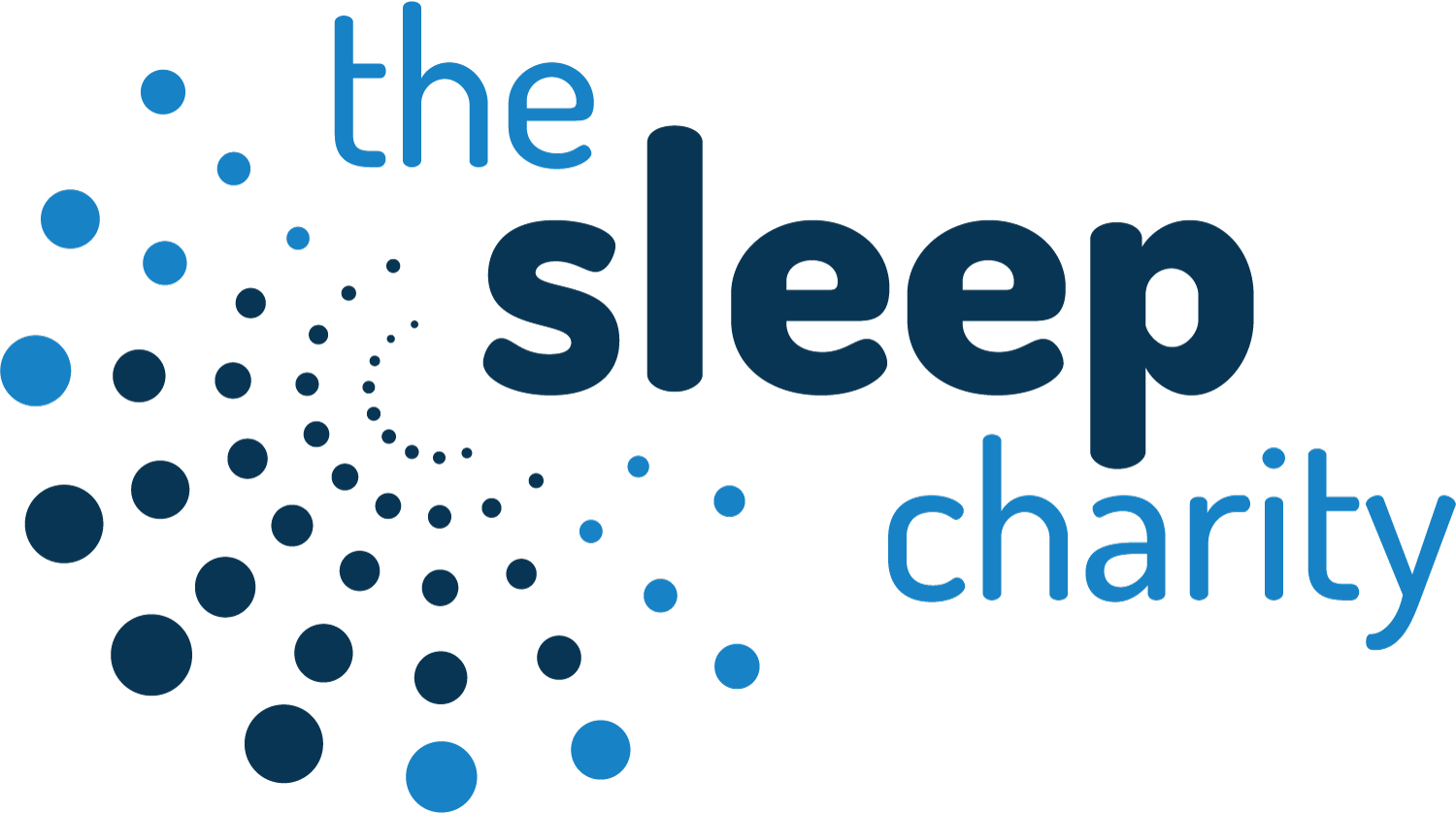Polyphasic Sleep
Last updated: December 2020
Home > Information & Support > Adults > Sleep Hub >What is polyphasic sleep?
It is where you sleep for several short sessions with one longer duration of a few hours throughout a 24-hour period. Polyphasic sleep is how babies sleep or animals such as dogs and cats.
It differs from biphasic sleep (where you have two sleep periods: one shorter after lunch and a longer duration at night or two periods of three to four hours) and monophasic sleep (one six to nine hours sleep) which is commonly how most people sleep.
Polyphasic sleep schedules
Polyphasic sleepers can rest up to six times a day and there are several variations with the following being the most popular:

Everyman: a long sleep of around three hours with approximately three 20-minute naps throughout the day
Uberman: only three hours of sleep per day in the form of six 30 minute naps throughout the day
Dymaxion:only two hours of sleep per day in the form of 30 minute naps every 6 hours
Some people use polyphasic sleep to adapt to extreme environments such as yachtswoman, Ellen MacArthur, who during races would typically take 10 naps, a third taken during daylight hours.
However, polyphasic sleep doesn’t suit most people especially those who have 9-5 jobs, children or other commitments. It can lead to sleep deprivation symptoms as you never sleep long enough to go through all the sleep stages.
While it’s not something we would recommend, if you are practising a polyphasic sleep schedule or want to try it, we suggest consulting with your GP.
Getting better sleep
There are several things you can do to improve your monophasic sleep including
- Keeping regular hours
- Exercising regularly and eating well
- Limiting caffeine and alcohol intake close to bedtime
- Turning off electronic devices an hour before bed
- Making sure the environment is right for sleep ie. cool, quiet and dark
- Sleeping on comfortable, supportive bed.
